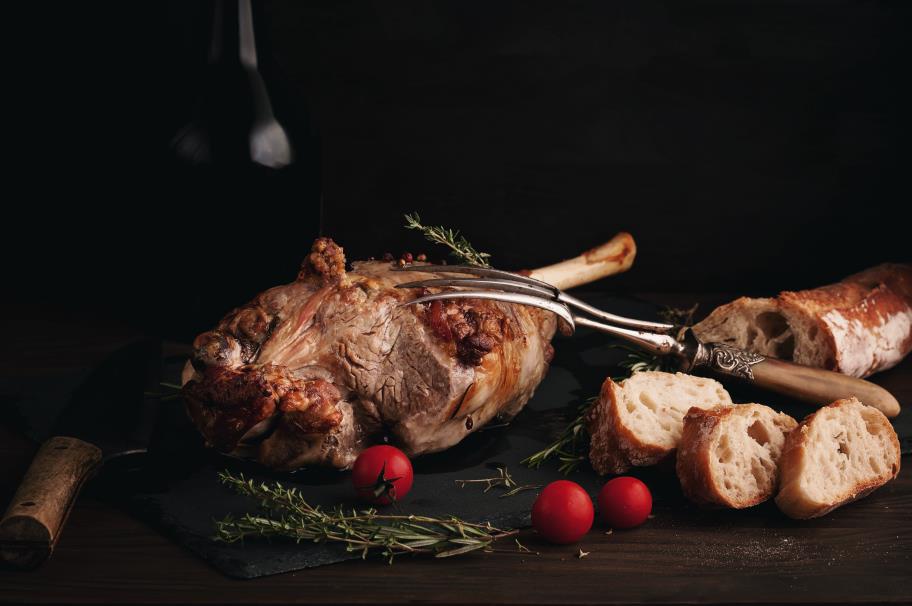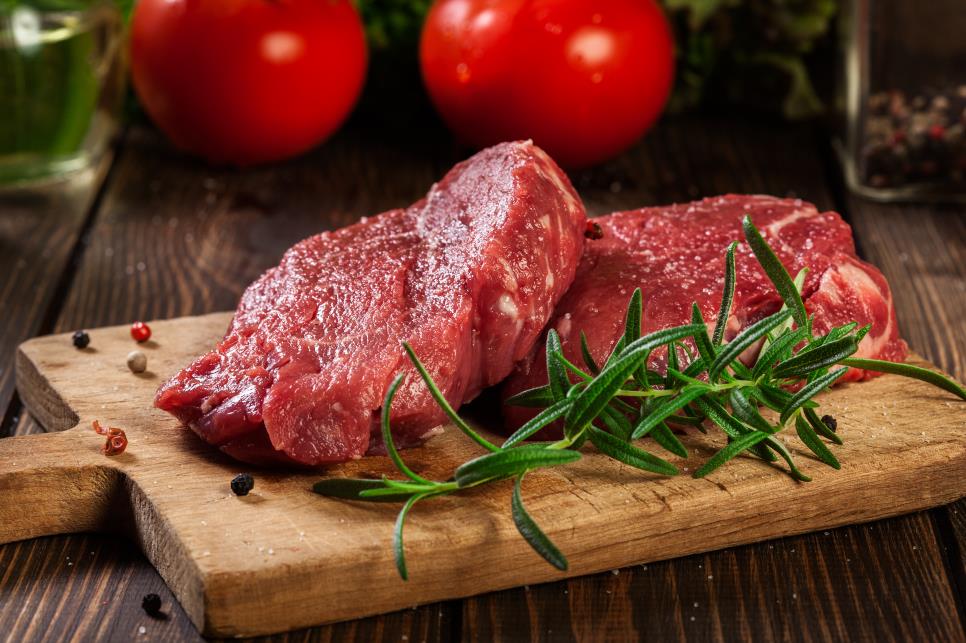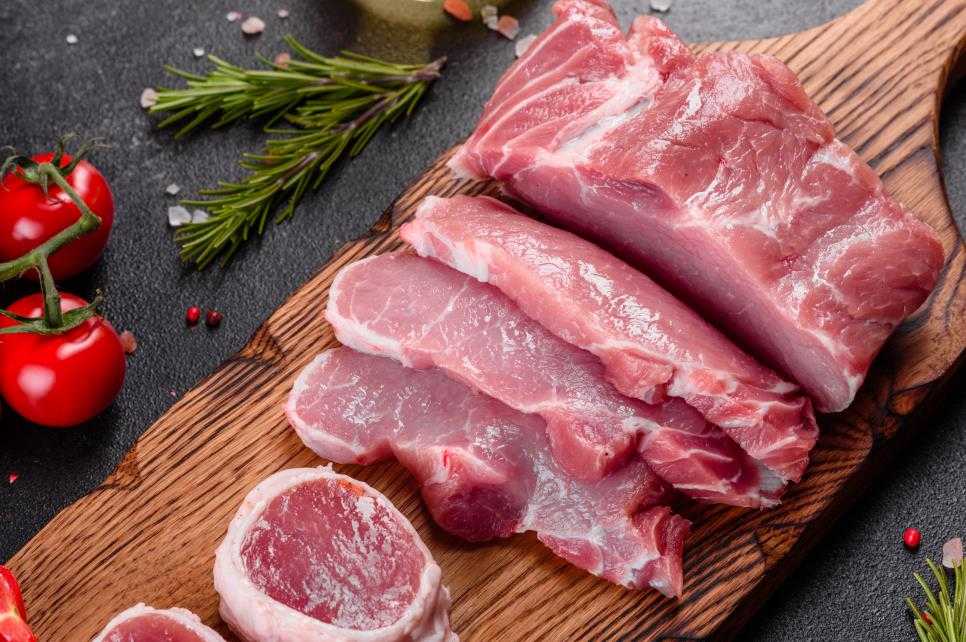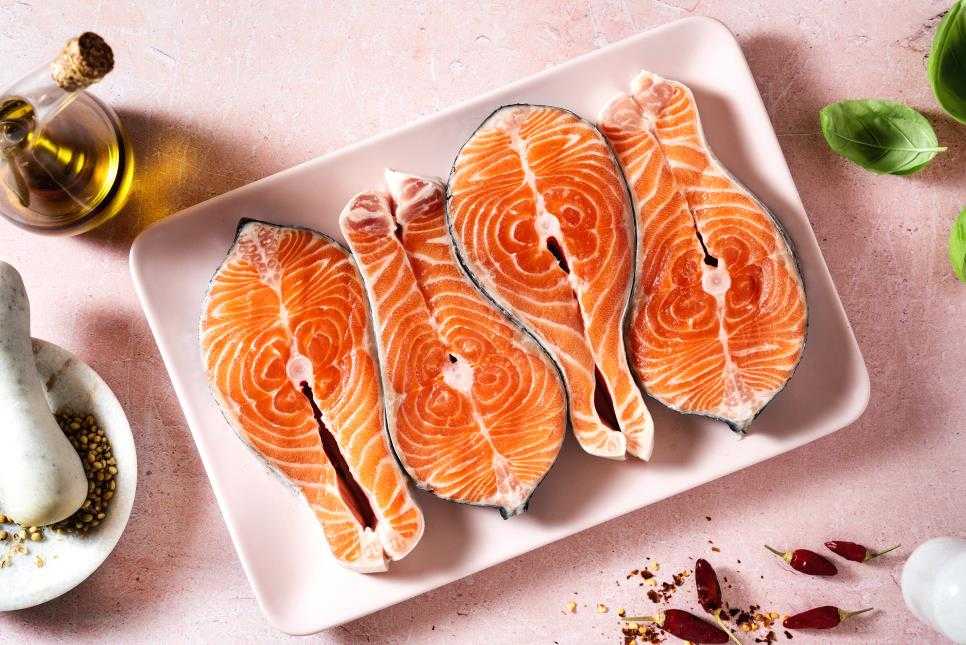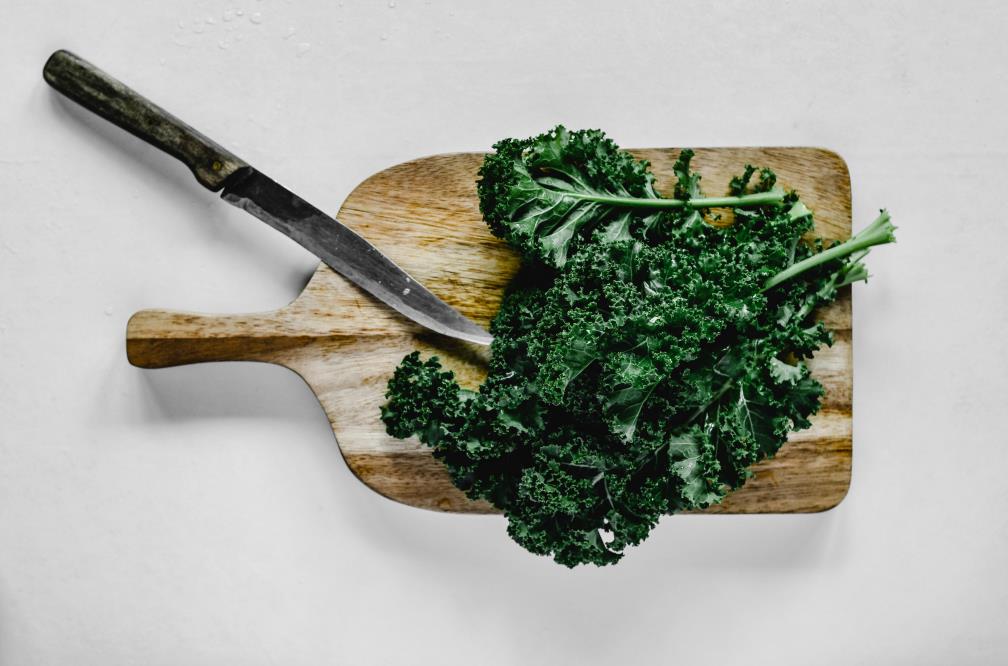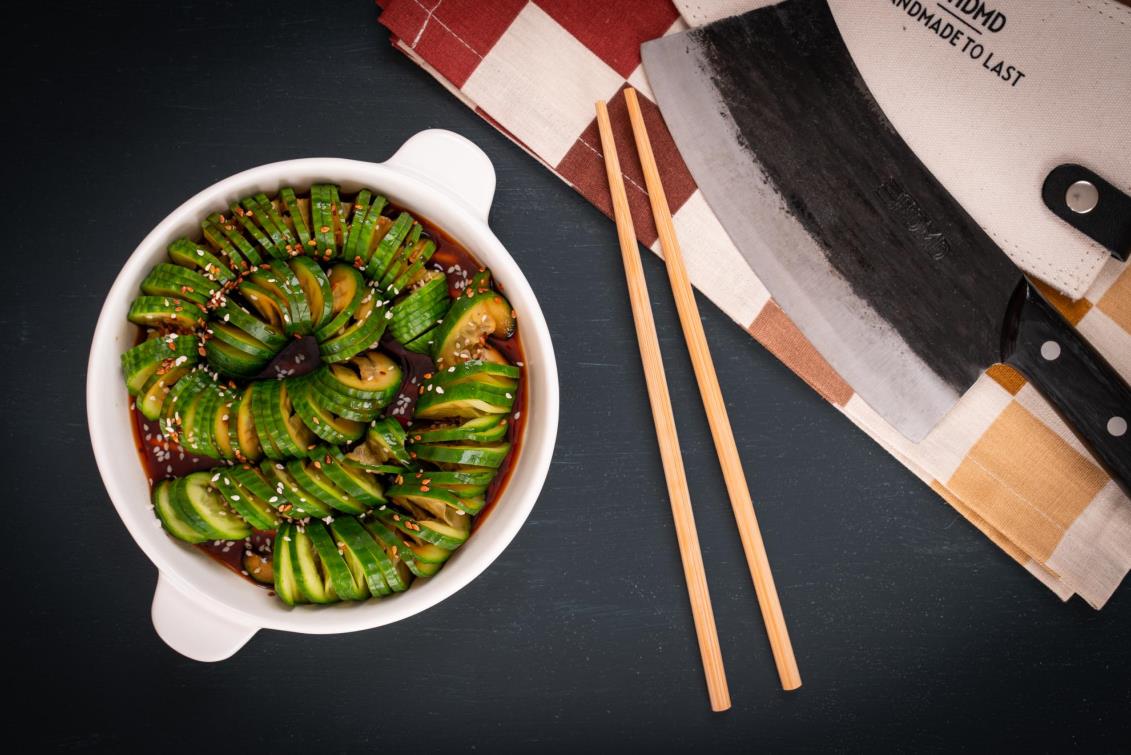Shrimp is many people’s favorite choice of seafood. Its meaty taste with a little bit of crunchiness is what makes shrimp a popular choice, but before we get to that, it has to be cleaned and deveined. This article will go over everything you need to know about cleaning a shrimp, utilizing both the dedicated tools and household items if it’s on a plate once in a while in your kitchen.
Table of contents
Why clean shrimp?
First and foremost, you can eat the shrimp as it is without cleaning it, but that doesn’t mean you should skip it. For the best experience, we highly recommend cleaning and deveining shrimp regardless of how you cook it.
Removing the digestive tract, referred to as the vein, eliminates the bitter taste it might carry. Besides, depending on what the shrimp ate prior to catching it, there could be traces of sand and algae. Though this digestive tract and most of the things that it might have inside of it aren’t harmful to eat, it definitely alters the taste badly.
The same also goes for the shell. You don’t necessarily have to remove it, but it’s best to do so as you’ll be left with a more pleasing shrimp with a better texture.
There is also the cost. Generally, pre-cleaned shrimp costs more. If you know how to clean and devein the shrimp yourself, you’ll get more for the same money. Doing these yourself will also make you a better cook.
When to clean shrimp?
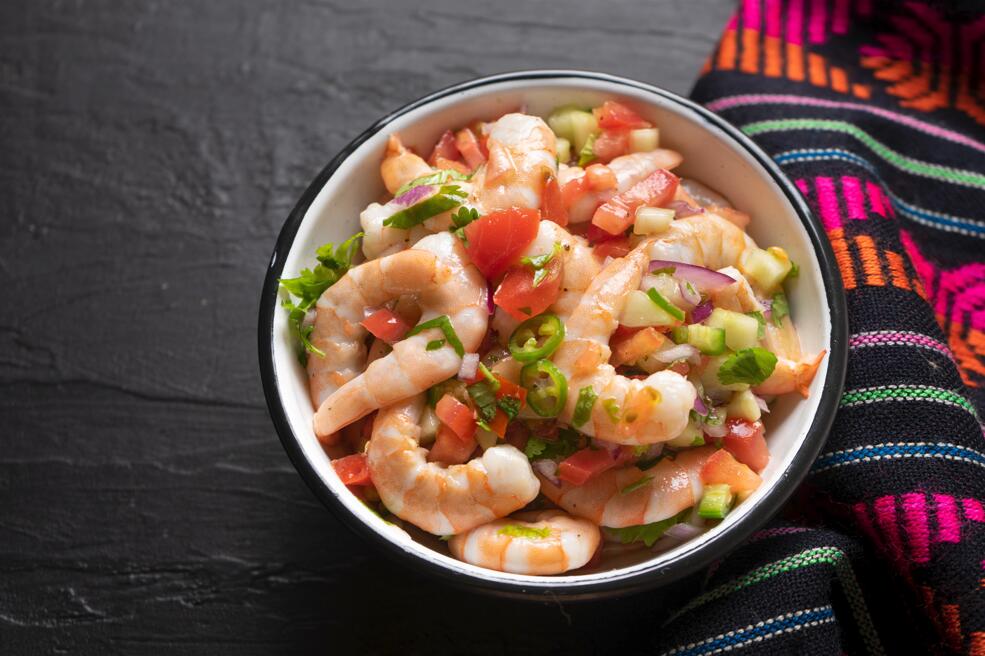
Depending on your preferences, you can clean the shrimp when it’s raw or after cooking it. Still, we have some recommendations. The below table shows our suggestions for when to clean shrimp when preparing certain dishes.
| Clean before cooking for | Adding to pasta | Stir-fries | Fajitas |
| Clean after for | Shrimp salad | Pasta salads | Poaching |
| Leave the tail attached for | Scampi shrimp | Shrimp skewers | Grilling |
Note that leaving the shell on when cooking will preserve much of the flavor. Whenever possible, leave the shell to peel later.
Cleaning the shrimp
Knowing how to clean a shrimp properly will leave you with more meat to enjoy, and nothing will go to waste. Cleaning a shrimp from start to finish should be relatively easy. If you run into problems here and there in your first few tries, that’s okay. Nonetheless, there is a chance that you’re doing something wrong if it’s happening with every shrimp.
Here is a simple step-by-step guide on how to clean shrimp.
Tools you’ll need
- Kitchen scissors (shears)
- A small knife of choice like a paring knife
- Toothpick (optional)
- Shrimp cleaner (optional)
Handpicked for you
True cutting power in the palm of your hand
Peeling the shrimp
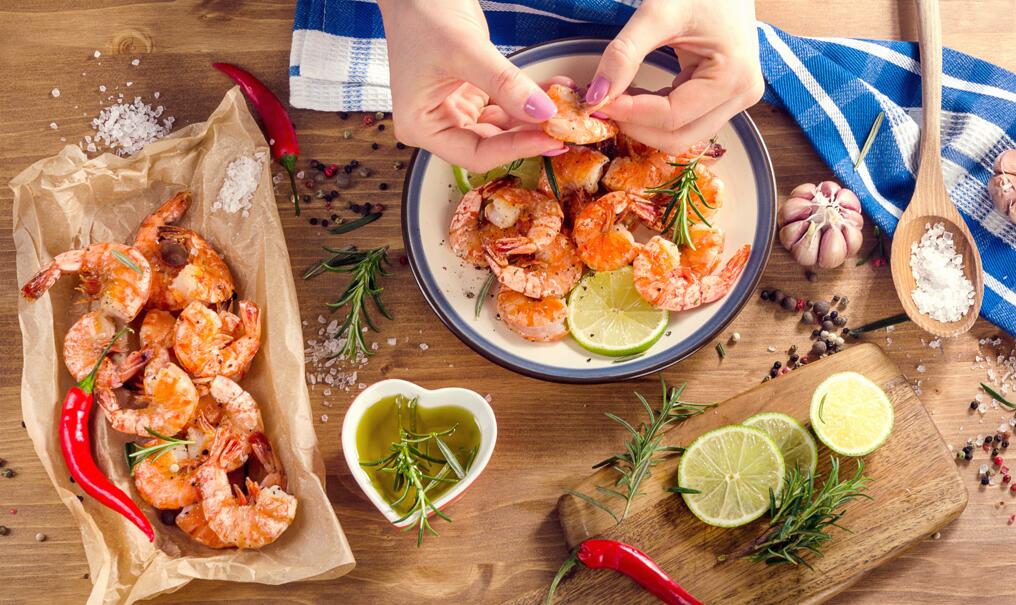
Firstly, separate the body and head by gently twisting the shrimp. A 180-degree turn will get you there quickly. The body and head should split quite fast, and all you have to do is pull the head.
Once you remove the head, begin removing the shell. Here is how.
- Take your kitchen shears or the paring knife and slide the tip right under the shell.
- With slight upward pressure so that you don’t slice into the meat as much, cut the shell through the tail.
- Once you’ve cut all the way through, remove the shell and legs using your fingers. Everything should come off pretty easily.
Lastly, if you want to remove the tail, pinch where it meets the body and pull it off of the body.
Deveining shrimp
After you have your clean shrimp, the next up is to remove the vein that runs through the body. This part of the shrimp literally contains its poop and partially digested food it ate. So you’d most certainly want to remove it though it’s somewhat edible, as mentioned above. Here is how to devein shrimp.
- Put the peeled-off shrimp on a paper towel and scrape off the vein with the knife’s tip or;
- Take a toothpick and pierce it right under the vein if the cut isn’t deep enough to do this. After piercing it through the whole body, move the toothpick upwards and pull the vein.
Optionally, you can use dedicated tools for this as well as to remove the shell. However, we only recommend getting these tools if you often cook shrimp. It can be a great investment if you prepare shrimp more than once a week or serve it to a large family.
These tools generally work by piercing through the shrimp’s whole body, sliding it towards the end, and removing the peeled and deveined shrimp. Some of these tools also automatically butterfly shrimp. Buying one of these instruments can be an excellent investment, especially if you’re working with shrimp on a commercial scale.
Shell and head for soups and stock
While you might have a temptation to throw the head and shell away, these can add flavor to soups or be used for making stock. You can freeze the head and shells to later use in soups and sauces.
Frozen vs. fresh shrimp
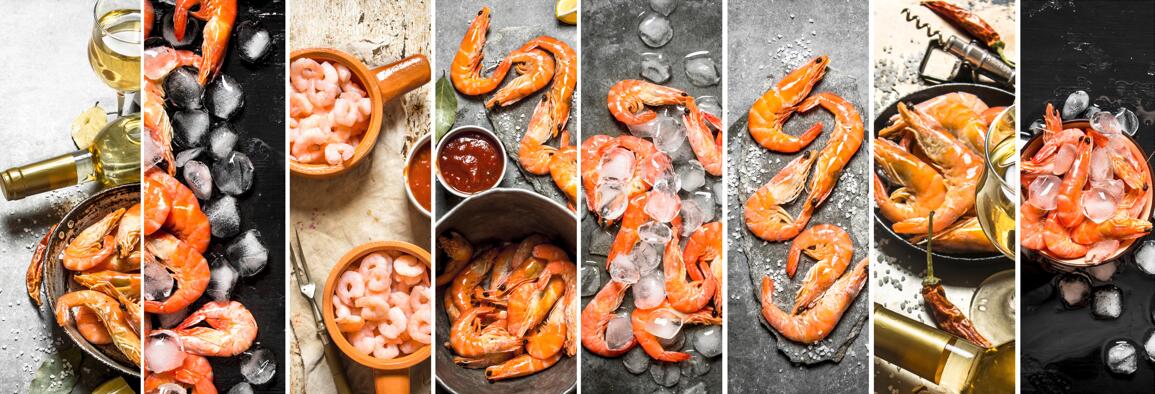
Shrimp generally goes under instant freezing, whether caught in the wild or raised on a farm. They are then brought to the store and either thawed or sold in their frozen state. As thawing and freezing it again will make the shrimp lose its freshness, buying frozen is a safer option unless you know the shrimp was caught and brought to the store right away.
Because shrimp loses its freshness every passing hour when it’s not frozen,buying frozen and thawing it at home overnight in the refrigerator will give you the freshestone. If you need it to be thawed quickly, just put it in a bowl of cold water with the package, and you’ll get the ice melted in no time.
Things to look for before buying fresh shrimp
When buying fresh shrimp at the store, you should look for certain things to distinguish fresh from spoiled ones. A fresh shrimp should have a whitish-gray color and be slightly transparent. If it has a faded or slimy appearance, it’s an indication that it’s going bad.
If you can smell it, give it a smell. It should be close to odorless. If you sense anything off like ammonia or anything else that shouldn’t come out from a shrimp, don’t buy it. The shell also should be intact and clear. If the meat inside appears loose or has dark stains, it’s a big no-no.
When the shrimp begins to degrade inside the shell, it becomes slippery and may crack. Look for these signs when buying fresh shrimp and if you’re not sure, buy frozen instead. The chances are it will be a lot fresher than the “fresh” options available once thawed at home.
FAQs
What is shrimp vein? Is it harmful if eaten accidentally?
The shrimp vein is the animal’s intestinal tract that contains its waste. So, it’s not exactly the same as a vein that carries the blood, but because it appears the same way, it’s referred to as the vein. Although the idea of eating this is off to many, eating it isn’t harmful. It’s best to remove it, though. Taking the vein off will give you a tastier shrimp as the vein has a darker taste that is different than the rest.
How to eat pre-cooked shrimp?
The packaged pre-cooked shrimps are fast and easy to prepare. You can eat them once the ice is melted in the refrigerator overnight or thawed in cold water. Eat it cold in salads, wraps, and spring rolls. You can also heat it on a microwavable plate for two to three minutes. Because pre-cooked shrimp is ready to eat, you should toss them in pasta and noodles after everything is cooked.
How long does shrimp last?
After cooking, you can store shrimp in the refrigerator for three to five days. In the freezer, shrimp can last a long time, between nine and twelve months. You can store the leftover shrimp in the refrigerator and add them to your salads and wraps later. The signs of going bad are sour smell, slimy texture, and faded color. Make sure to discard shrimp that shows these signs. Eating bad shrimp can cause shellfish poisoning, leading to severe nausea, vomiting, and diarrhea.
Ending
Shrimp is nutritious seafood that’s easy to clean and prepare. You can get creative with it and add shrimp into many of your dishes or eat them on the side. The same as any other seafood, having the right set of tools will lead to perfect outcomes. Head over to our homepage to shop for handmade kitchen knives that make preparing dishes easier. Read more on the HDMD Knives blog to get more insights into different ingredients.







